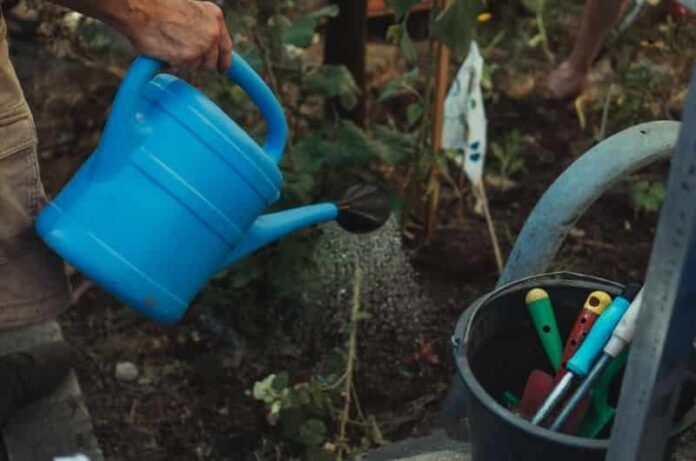1. Timings appropriate for watering
Early morning or early evening is the best time to pour water before the heat comes in full form. Keep checking the soil; if the soil is dry around the first 2.5 cm, you should water it. In the summers, when the temp. is 85 degrees F, the plant may require twice watering.
2. Frequency of watering
How often your plants need watering is a must to help the plant grow fully. The frequency to water depends on the specie of the plant. The best way of watering is to keep it slowly and deeply. Overwatering and under watering can always damage the plant.
3. Quantity of watering
Exactly like the frequency, this also depends on the variety of the plant. Getting a moisture gauge can tell you the readings when sticking into the soil. It will tell you the situation of the soil and when to water the plant, depending on their needs for moisture.
4. Choosing the soil
Products like general potting soil are good to maintain the moist but well-drained effects for your plants. The soil can differ the qualities depending on the need of your plant. You must check which soil mixture is best for your plant.
5. Kind of Containers
You must monitor the soil in different containers like metal, terra cotta, and hanging baskets as these could dry quicker than the others. Outdoor pots should not be less than 10 inches in diameter.
6. Not using broadcast sprinklers.
Sprinklers can create the soaking effect on leave, which could increase the fungal disease. The water could evaporate in the summery or windy days before it reaches the plant, leading to killing your plant.
7. Water the roots
For the plants’ growing, the roots are the essential part that needs water, not the other parts. In plants with a hairy texture, the small droplets can act as a magnifying glass and cause sunburn to your plants. Make sure you water the roots properly.
8. Relying on rain is not a good idea
The big plants with huge growth can act as a shed in the rain, preventing the water from reaching into the soil. Always check the moisture in the soil before skipping watering, even on heavy rainy days. Fully saturated containers might not need watering.
9. Watering wand
To reach water directly on the soil in hanging plants, watering wands helps the most. Also, you need not stretch or bend while watering the ground plats. It avoids any water wastage by directly pouring on the base of the plant.
10. Don’t use a jet spray nozzle
As explained earlier, slowly watering is the best option for your plant. Those jet spray nozzles could damage the roots or the soil around them. Even if you don’t have these watering wans, avoid watering your plant from such over-pressurized nozzles. It can also damage the foliage.
It could be difficult for beginners to determine the level of water one should pour into their plants. Not just the beginners, understanding the thin line of appropriate watering to prevent it from being soggy or drought might be difficult.



